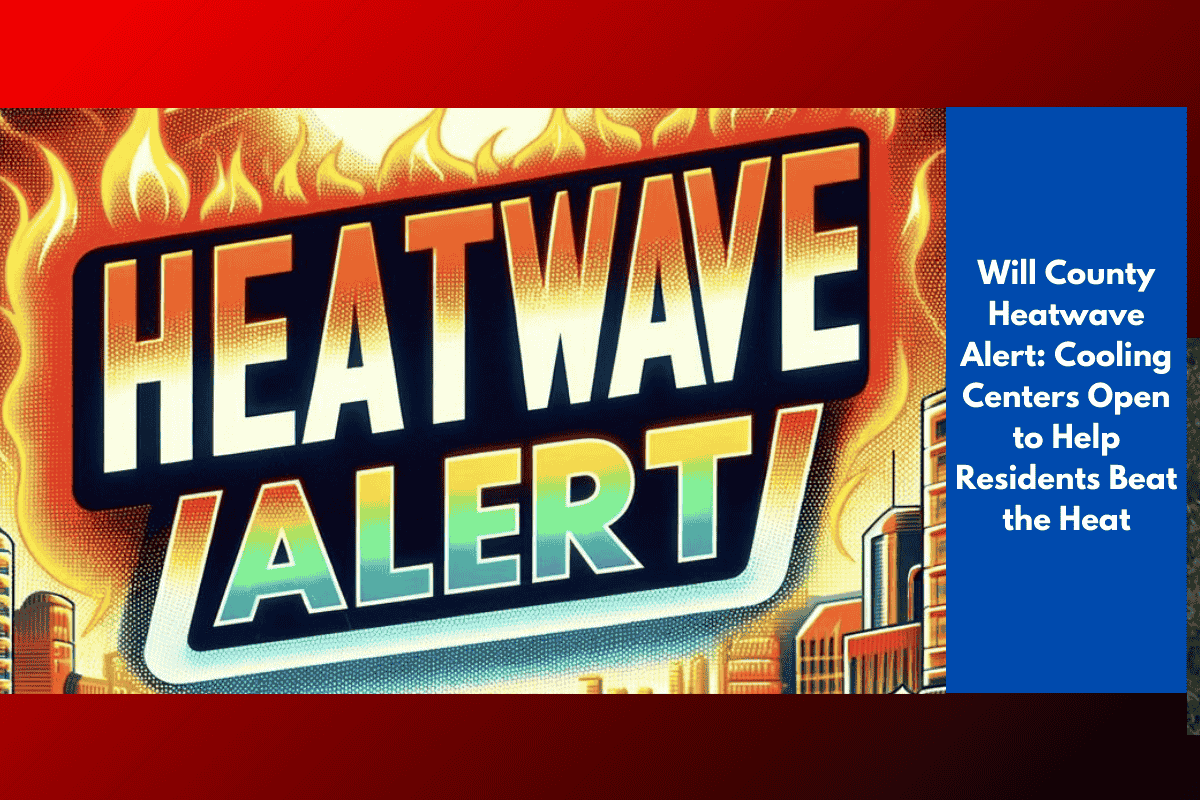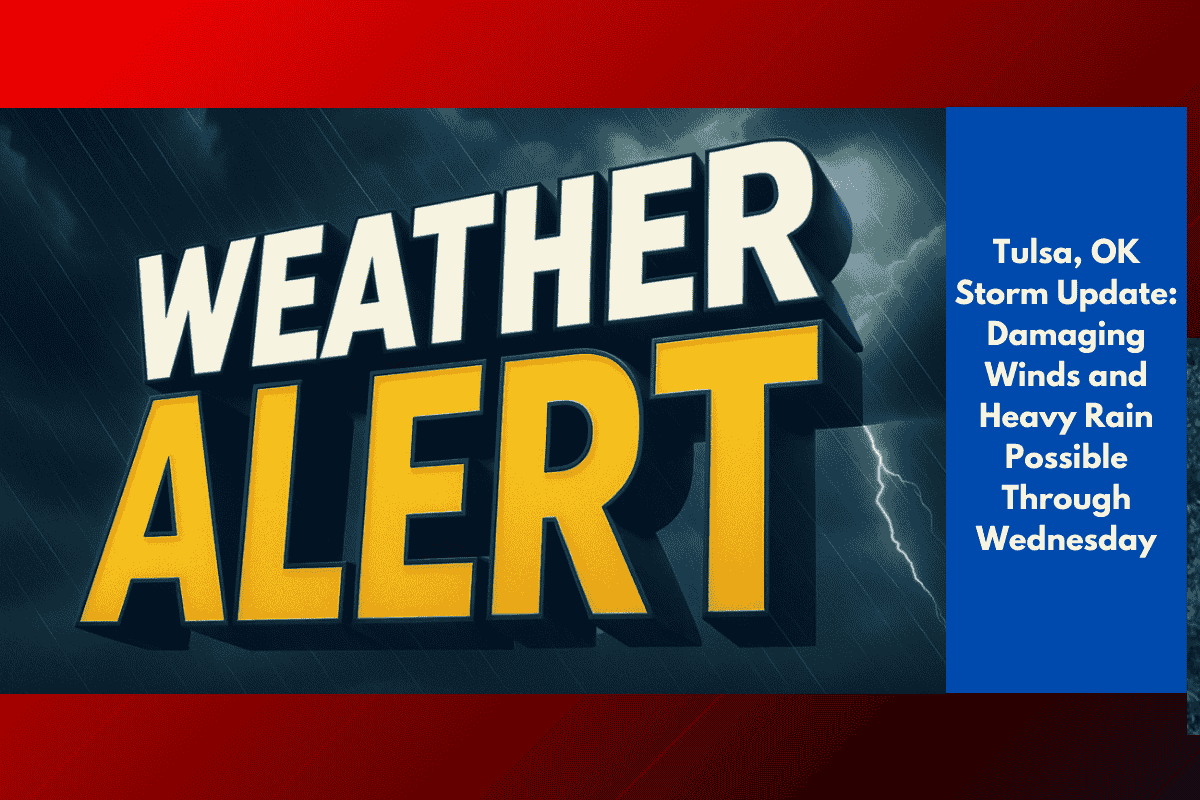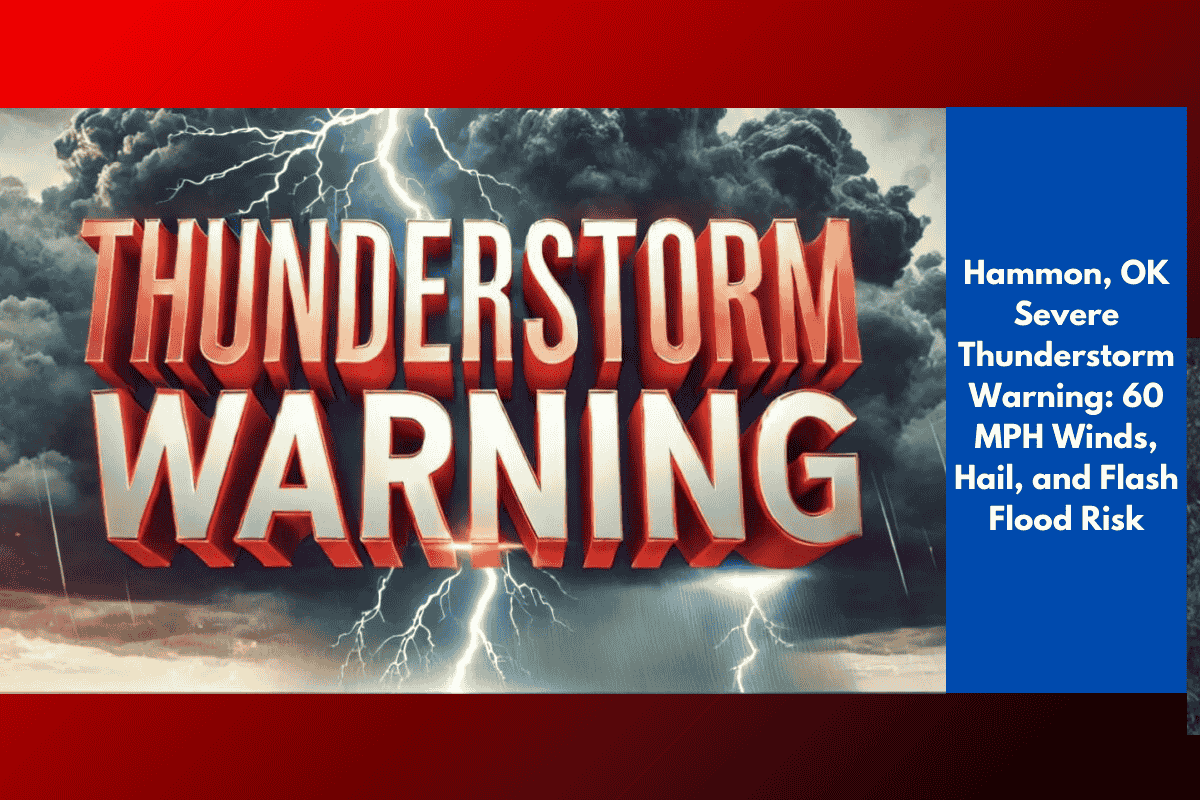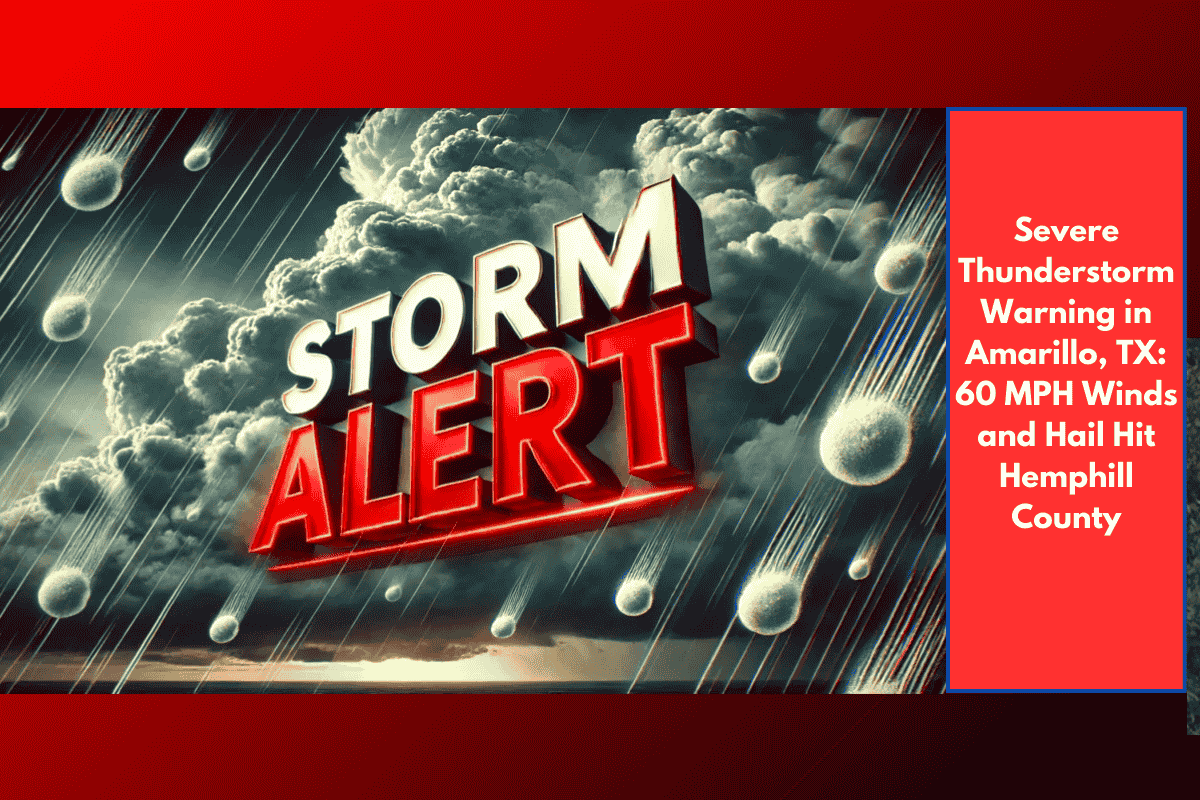ANCHORAGE, Alaska – Alaskans should brace for a longer, colder, and snowier winter than usual, according to the latest seasonal forecast. The NOAA Climate Prediction Center has issued a strong warning: La Niña is expected to shape the 2025–2026 winter season across Alaska, bringing with it early snow, Arctic cold, and a parade of intense storms from the Gulf of Alaska.
With snow potentially arriving as early as September in some areas, the season could be one of the longest in recent memory.
La Niña’s Cold Grip on Alaska
La Niña is a climate pattern that typically causes colder-than-normal conditions in Alaska by shifting the jet stream and drawing in frigid Arctic air. This winter, La Niña is expected to:
Strengthen storm systems across the Gulf of Alaska
Pull cold Arctic air deeper into the state
Increase chances of above-normal snowfall across key regions
Areas Most Likely to Be Impacted
Several regions in Alaska are expected to face especially harsh conditions:
Anchorage, Fairbanks, and Mat-Su Valley: Likely to see heavier snowfall and extended cold periods
Western Alaska (Nome, Bethel): Frequent blizzards and dangerous wind chills
Southcentral Interior: Early snowfall and extended deep freeze
Southeast Alaska: A mix of freezing rain, snow, and flooding rain, raising concerns for ice storms and road hazards
The Farmers’ Almanac echoes this forecast, calling Alaska’s upcoming season a relentless pattern of “Chill, Snow, Repeat.”
Travel and Safety Concerns
Heavy snowfall and icy conditions could make travel hazardous across the state:
Parks Highway & Glenn Highway: Expected to experience periods of snow and freezing rain, increasing the risk of dangerous driving conditions.
Remote villages: May face delayed supplies and limited access due to disrupted flights.
Coastal towns: At risk of power outages, storm surge, and coastal erosion during severe storms.
Be Prepared: What Alaskans Can Expect
With storms expected to continue into February, state officials and meteorologists are urging residents to prepare early:
Stock up on emergency supplies
Winterize vehicles and homes
Stay updated with weather alerts
Have backup power sources ready in case of outages
This year’s winter won’t just be longer—it could be more relentless and disruptive, especially for those in high-risk areas.














